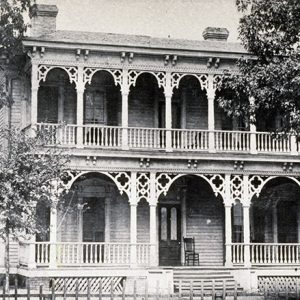 Benjamin Clayton Black House
Benjamin Clayton Black House
Entry Type: Place
 Benjamin Clayton Black House
Benjamin Clayton Black House
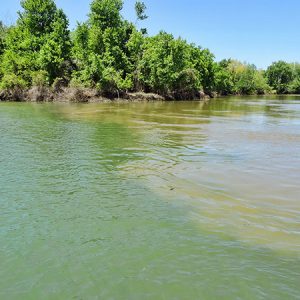 Black and White Confluence
Black and White Confluence
 Black Diamond Drug Company
Black Diamond Drug Company
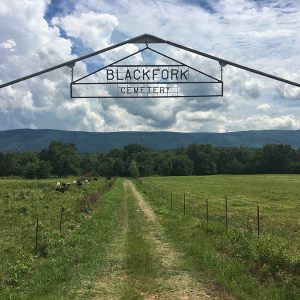 Black Fork Cemetery
Black Fork Cemetery
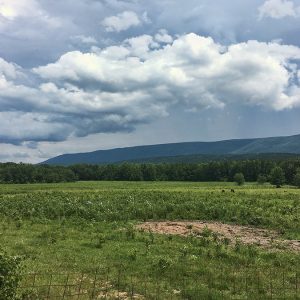 Black Fork Mountain
Black Fork Mountain
Black Fork (Scott County)
Black Fork Mountain Wilderness
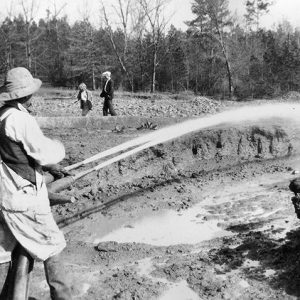 Black Gumbo Sluicing
Black Gumbo Sluicing
Black Oak (Craighead County)
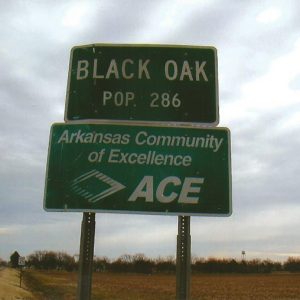 Black Oak Sign
Black Oak Sign
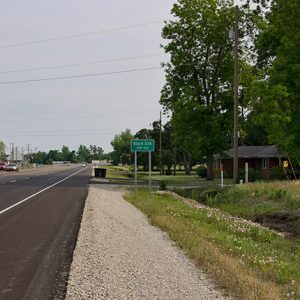 Black Oak Street Scene
Black Oak Street Scene
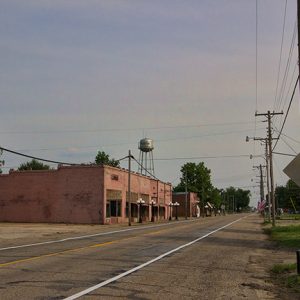 Black Oak Street Scene
Black Oak Street Scene
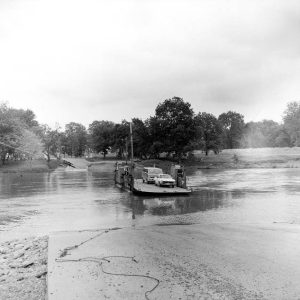 Black River Ferry
Black River Ferry
 Black Rock
Black Rock
 Black Rock Quarry
Black Rock Quarry
 Black Rock School
Black Rock School
Black Rock (Lawrence County)
 Black Rock Sign
Black Rock Sign
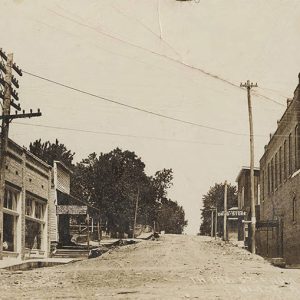 Black Rock Street Scene
Black Rock Street Scene
Black Springs (Montgomery County)
 Black Springs
Black Springs
 Black Sulfur Spring
Black Sulfur Spring
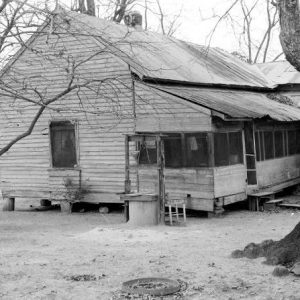 James Black's Home
James Black's Home
Blackfish Lake Ferry Site
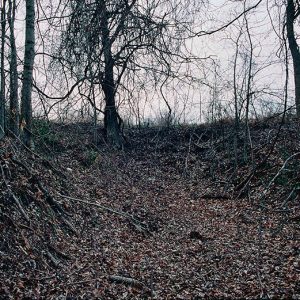 Blackfish Lake Ferry Site
Blackfish Lake Ferry Site
Blackton (Monroe County)
 Blackton School
Blackton School
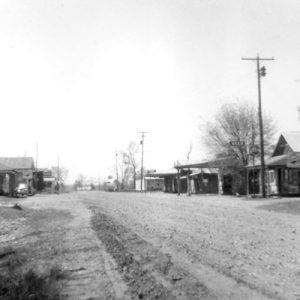 Blackton Street Scene
Blackton Street Scene
Blackwell (Conway County)
Blakely (Garland County)
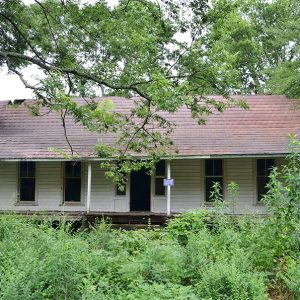 Blakely House
Blakely House
 Blakely Street Scene
Blakely Street Scene
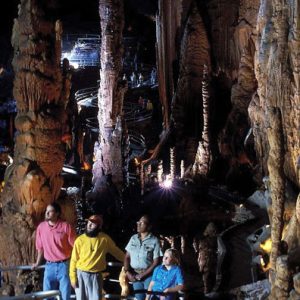 Blanchard Springs Caverns
Blanchard Springs Caverns
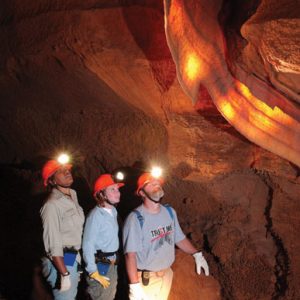 Blanchard Springs Caverns
Blanchard Springs Caverns
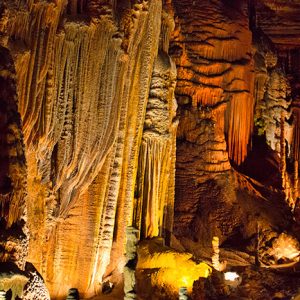 Blanchard Formations
Blanchard Formations
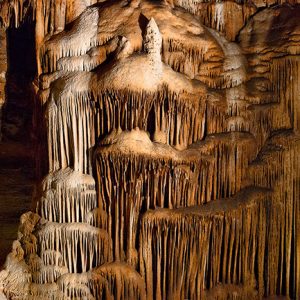 Blanchard Flowstone
Blanchard Flowstone
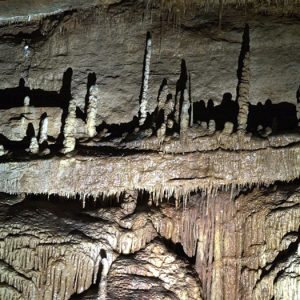 Blanchard Springs Caverns
Blanchard Springs Caverns
Blanchard Springs Caverns
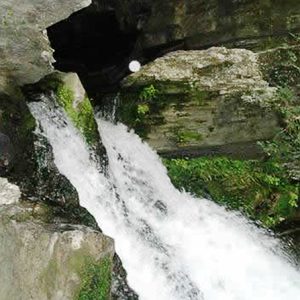 Blanchard Springs Discharge
Blanchard Springs Discharge
Bland (Saline County)
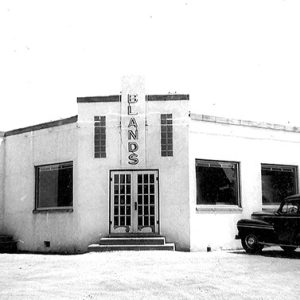 Blands Cafe
Blands Cafe
Blansett (Scott County)
 Blass Department Store
Blass Department Store
 Gus Blass Department Store
Gus Blass Department Store
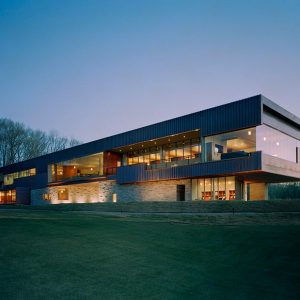 Blessings Golf Clubhouse
Blessings Golf Clubhouse
Blevins (Hempstead County)
Blue Ball (Scott County)
Blue Eye (Carroll County)
 Blue Mountain
Blue Mountain




